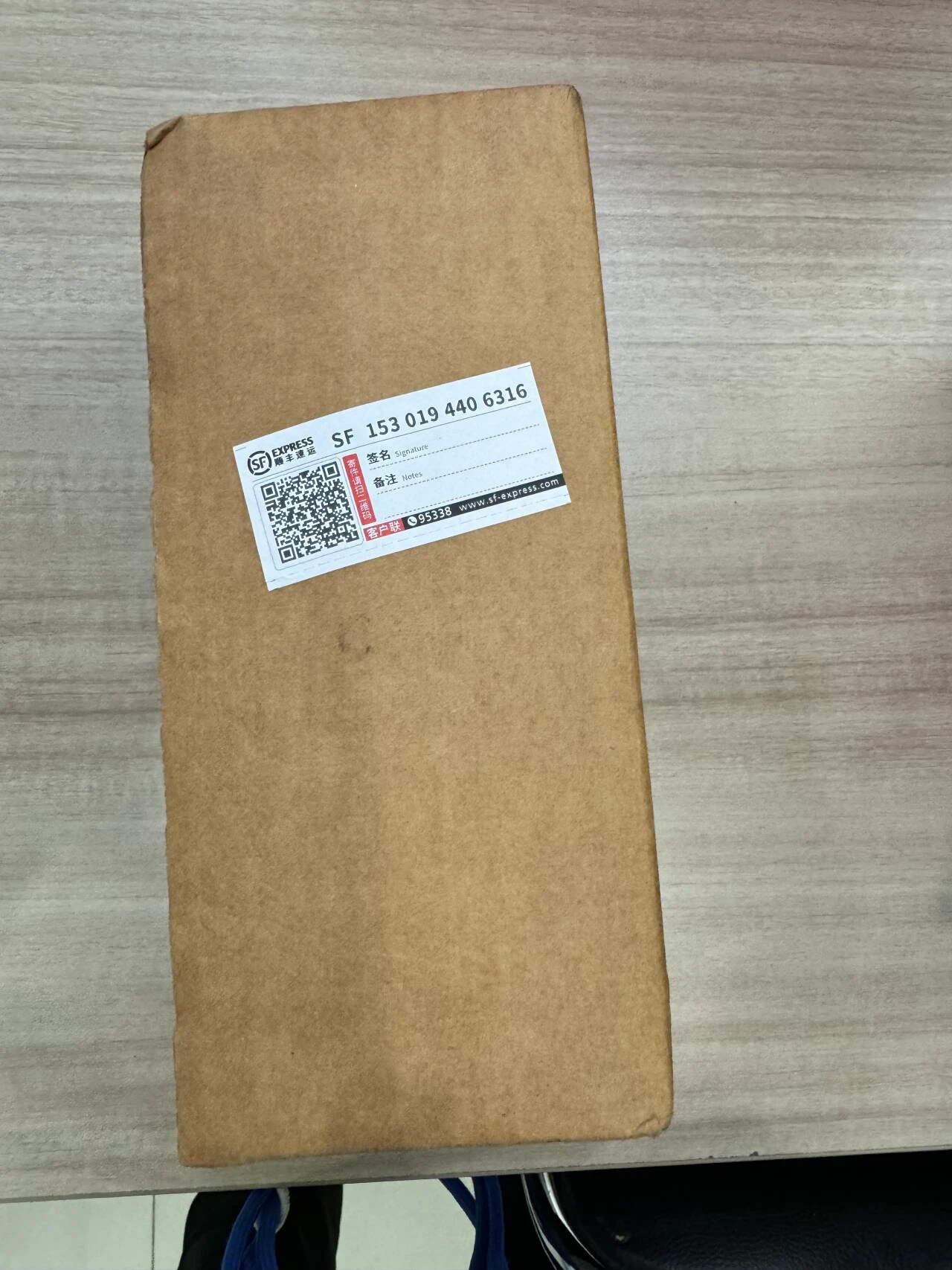Polyelectrolytes in Water Treatment An Overview
Water is an essential resource for life, yet its quality is often compromised by pollutants and impurities, necessitating effective treatment methods. Among the various technologies employed to purify water, the use of polyelectrolytes has become increasingly important due to their unique properties and efficacy in facilitating water treatment processes. This article explores the role of polyelectrolytes in water treatment, their mechanisms of action, applications, and future prospects.
Understanding Polyelectrolytes
Polyelectrolytes are large molecules that possess charged groups along their backbone, which can be either cationic (positively charged), anionic (negatively charged), or zwitterionic (containing both positive and negative charges). Their properties depend on the nature of the polymer and the ionic strength of the solution. When dissolved in water, polyelectrolytes can interact with other charged species, making them particularly useful in the treatment of waters that contain suspended solids, colloids, or other contaminants.
Mechanisms of Action
The effectiveness of polyelectrolytes in water treatment primarily stems from their ability to adsorb onto particles, leading to charge neutralization and flocculation. This process involves several key mechanisms
1. Charge Neutralization Polyelectrolytes can neutralize the surface charges of colloidal particles in suspension. By doing so, they reduce the electrostatic repulsion between particles, allowing them to aggregate or flocculate.
2. Bridging Effect In addition to charge neutralization, polyelectrolytes can act as bridges between particles. When a polyelectrolyte adsorbs onto the surface of two or more particles, it can link them together, forming larger aggregates that are easier to remove from the water.
3. Stabilization of Flocs Once flocs have formed, polyelectrolytes can stabilize these aggregates, enabling them to withstand shear forces during subsequent processing steps, such as sedimentation or filtration.
Applications in Water Treatment
polyelectrolyte in water treatment

Polyelectrolytes are widely used in various water treatment processes, including
1. Coagulation and Flocculation This is one of the most common applications of polyelectrolytes in water treatment. They are added to water to enhance the removal of suspended solids, such as silt, clay, and organic matter, by promoting the formation of larger particles (flocs) that can be easily separated.
2. Sludge Dewatering In wastewater treatment, the dewatering of sludge is critical for reducing volume and facilitating disposal. Cationic polyelectrolytes are often employed to enhance the aggregation of sludge particles, aiding in the efficient removal of water.
3. Membrane Filtration Polyelectrolytes can be used to mitigate fouling in membrane systems. By conditioning the feed water, they can reduce the adhesion of foulants to membrane surfaces, thereby extending the lifespan and operational efficiency of filtration systems.
4. Removal of Heavy Metals Polyelectrolytes, especially those with functional groups that can complex with metal ions, are used in the removal of heavy metals from industrial effluents. They help in precipitating metal ions and enhancing their removability.
Future Prospects
The application of polyelectrolytes in water treatment is continually evolving, with ongoing research aimed at optimizing their performance and expanding their use. Innovations in polymer chemistry have led to the development of more efficient and environmentally friendly polyelectrolytes. Researchers are exploring biodegradable options that can offer effective treatment while minimizing environmental impact.
Furthermore, the integration of polyelectrolytes with advanced treatment technologies, such as membrane bioreactors and nanotechnology, holds promise for improving the efficiency of water purification processes. As global water scarcity and pollution concerns grow, the importance of effective water treatment solutions, including polyelectrolytes, will become increasingly prominent.
Conclusion
Polyelectrolytes play a vital role in modern water treatment approaches. Their ability to facilitate coagulation, enhance flocculation, and support sludge dewatering has made them indispensable in the industry. As research progresses, the continued development of polyelectrolytes will likely lead to innovative solutions for some of today's most pressing water quality challenges, ensuring a cleaner, safer water supply for future generations.

